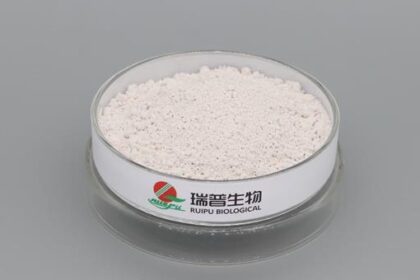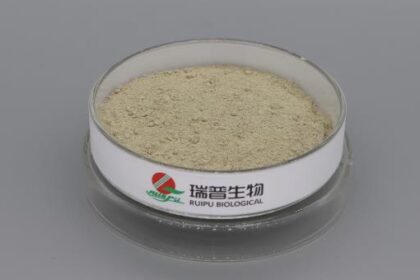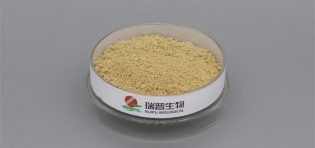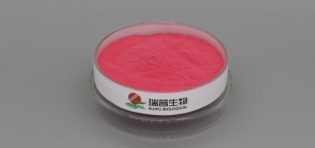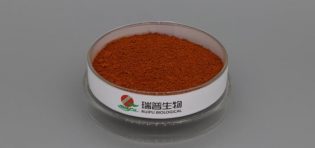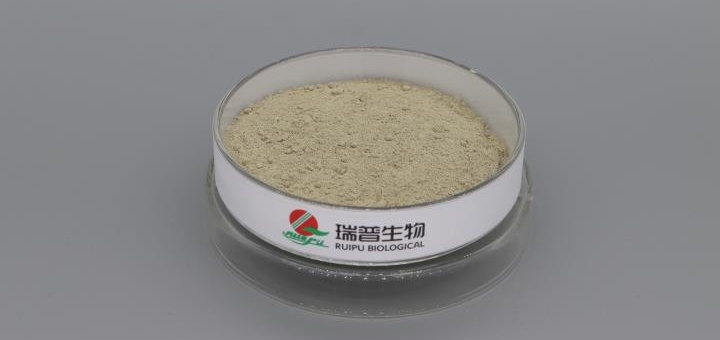
Ferrous gluconate, as an efficient and safe iron source feed additive, is gradually demonstrating its application prospects in the livestock breeding industry, which can be specifically reflected in the following aspects:
Firstly, in terms of precise iron supplementation and health protection, it can specifically address iron deficiency in animals. Young animals such as piglets and chicks often suffer from iron deficiency anemia due to insufficient congenital iron reserves or poor absorption of iron sources in feed, leading to stunted growth and decreased immunity. Ferrous gluconate is an organic iron with a stable molecular structure. It can be absorbed in the animal intestine without complex conversion, and its bioavailability is significantly higher than that of inorganic iron such as ferrous sulfate. It can quickly supplement iron elements, promote hemoglobin synthesis, effectively prevent and improve anemia symptoms, and lay a foundation for the healthy growth of animals.
Secondly, it performs prominently in improving breeding efficiency. Sufficient iron nutrition can optimize the material metabolism and energy conversion of the animal body, accelerate protein synthesis, thereby increasing the growth rate of animals and feed conversion efficiency. For example, adding an appropriate amount of ferrous gluconate to piglet feed can shorten the fattening cycle and increase the slaughter weight; in poultry breeding, it can reduce problems such as decreased egg production rate and poor eggshell quality caused by iron deficiency, indirectly improving the economic returns of breeding.
Thirdly, it has unique advantages in improving product quality. For fish, crustaceans in aquaculture, as well as poultry, iron is a key factor in pigment deposition. Ferrous gluconate can promote the formation and stability of pigments in animal skin, muscles, feathers, or scales by participating in the synthesis of porphyrin compounds in the body, keeping the products with a naturally bright color, enhancing the attractiveness of their commercial appearance, and improving market competitiveness.
In addition, its compatibility and safety provide more possibilities for feed formula design. Ferrous gluconate has good water solubility and is not prone to antagonistic reactions with other components in feed (such as vitamins and minerals). It can synergize with amino acids, organic acids, probiotics and other components to form multi-functional composite additives, which not only meet the demand for iron supplementation but also regulate intestinal microecology and improve nutrient absorption efficiency, adapting to the trend of modern feed towards precision and multi-functionality. At the same time, compared with inorganic iron, it is more completely metabolized in animals, with less residual iron ions in feces, which can reduce pollution to the breeding environment, meet the requirements of green breeding and environmental protection policies, and is more likely to be recognized by breeding enterprises and the market.
With the increasing emphasis on refined nutritional management in the livestock breeding industry and the improvement of consumers' requirements for the safety and quality of animal products, ferrous gluconate, with its characteristics of high absorption efficiency, safety, environmental protection, and diverse functions, will continue to expand its application space in the field of feed additives and become an important driving force for promoting healthy breeding.


